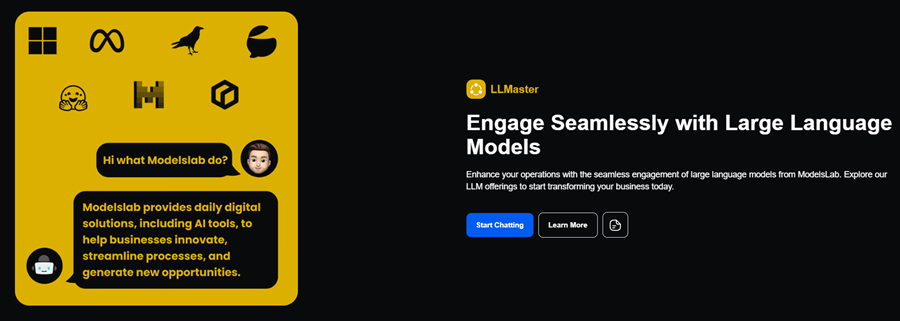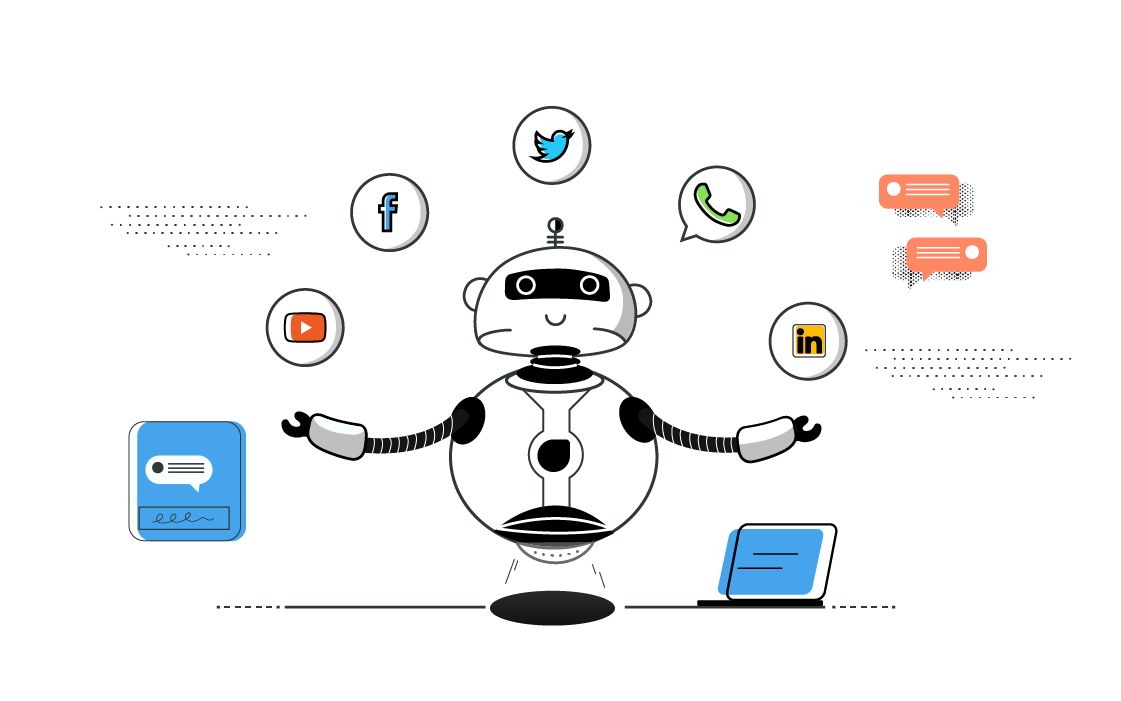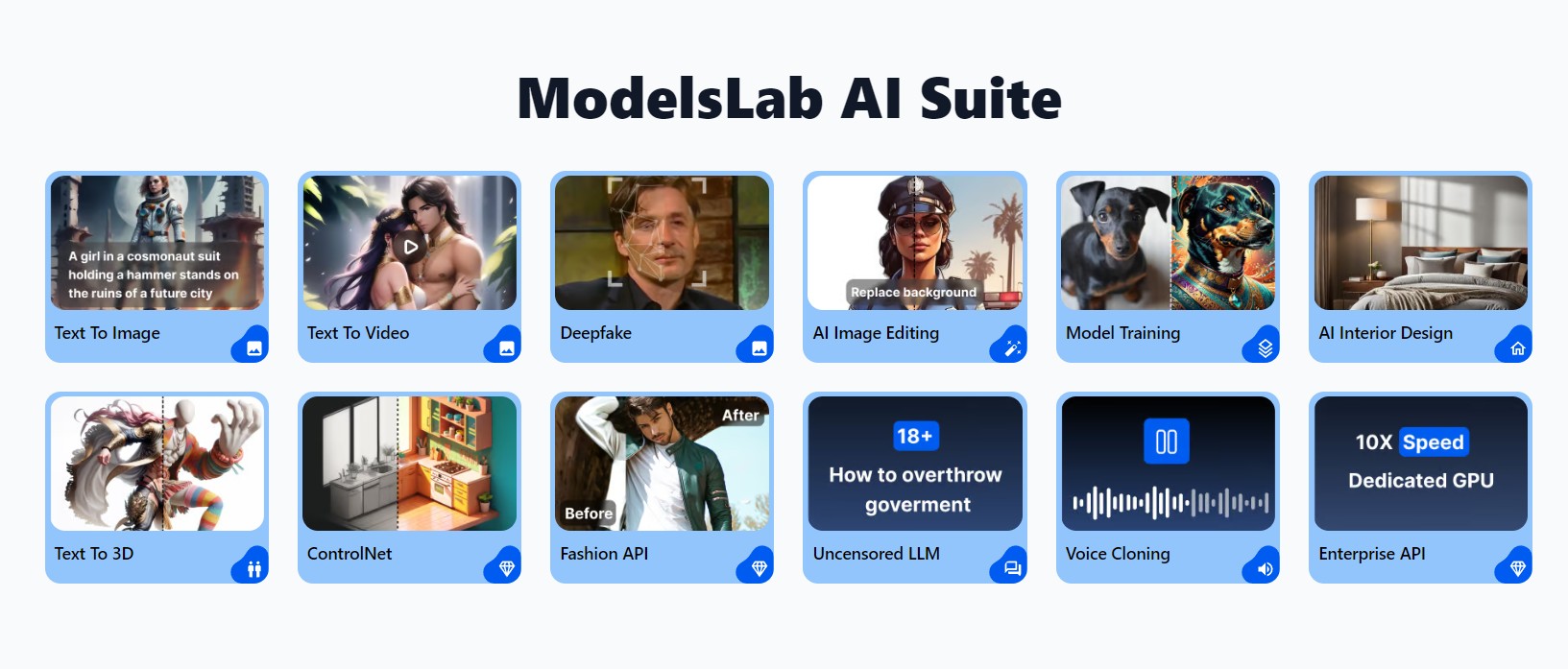Large Language Models (LLMs) vs. Chat Models: Key Differences
AIPublished by
ModelsLab Editorial Team
Published on
Oct 14, 2024
Have you ever wondered why some AI tools can write articles while others are better at conversations? Understanding the difference between Large Language Models (LLMs) and Chat Models is helpful. LLMs excel at generating text. They are great for writing and summarizing information.
Whereas, Chat Models focus on engaging in natural conversations. This makes them ideal for customer support and virtual assistants. Knowing these differences is important. It helps you choose the right AI tool for your needs. This leads to smoother and more effective interactions with technology in your daily life.
What are Large Language Models (LLMs)?
Large Language Models (LLMs) are advanced AI systems that help computers understand and create human language. They learn by reading a huge amount of text from books, articles, and websites. This helps them figure out how words work together.
LLMs use deep learning techniques, especially a method called transformers, to process language effectively. Their main job is to understand the meaning and context of words, allowing them to generate coherent sentences based on what they receive as input.
For example, OpenHermes-2.5-Mistral-7b and OpenAI's GPT (Generative Pre-trained Transformer) can write essays, summarize texts, and even translate languages. These models can adapt to different writing styles and tones, making them useful for various tasks, such as content creation, customer support, and education.

For more information, checkout What are Large Language Models? A Beginners Guide
Applications of Large Language Models (LLMs)
Large Language Models (LLMs) have a wide range of real-world uses. For example, if you're writing a blog post, report, or even a video game storyline, an LLM can help generate creative text, suggest improvements, or expand ideas. It's like having a knowledgeable assistant that can handle technical writing or even poetic expression.
Developers also use LLMs to simplify coding tasks. By describing a problem, the LLM can provide relevant code snippets, troubleshoot issues, and suggest alternatives, helping programmers speed up their work and improve productivity.
What Are Chat Models?
Chat Models, also known as conversational AI, are specialized AI systems designed to have human-like conversations. They are built on top of regular language models but are fine-tuned to handle back-and-forth dialogues. These models focus on maintaining the flow of conversation, making sure responses are relevant and easy to understand.
Unlike general language models, Chat Models are trained specifically for conversation. They keep track of what was said earlier, stay on topic, and generate responses that fit naturally into the conversation.
You’ll often find them in customer service bots, virtual assistants, and other tools that simulate human interaction. These models are also fine-tuned to manage conversational details, like turn-taking and maintaining a consistent tone or personality.
Applications of Chat Models
Chat models focus on improving human-like digital interactions. For example, when you contact customer support on a retail website, a chat model often powers the conversation. It helps answer questions, handle complaints, and provide personalized shopping advice. These models make the interaction feel more natural and responsive.

Virtual assistants, such as those in smart home devices, also rely on chat models. They can set reminders, control your home's lighting, suggest music based on your preferences, or even recommend recipes based on your cooking history, all while maintaining a conversational tone.
Here’s a simple difference table highlighting the key distinctions between Large Language Models (LLMs) and Chat Models:
Aspect | Large Language Models (LLMs) | Chat Models |
|---|---|---|
Main Focus | Text generation, understanding, and creation across diverse tasks. | Human-like conversations, optimized for back-and-forth interactions. |
Context Handling | Primarily unidirectional, focusing on generating text based on input. | Bidirectional, maintaining context throughout the conversation. |
Usage | Writing content, code generation, summarization, and translation. | Customer service bots, virtual assistants, and real-time dialogues. |
Training | Trained on large datasets to understand general language patterns. | Fine-tuned specifically for maintaining conversational flow. |
Personalization | Less focus on user-specific interactions or memory. | Can remember past exchanges, offering personalized responses. |
Common Applications | Content creation, technical writing, code assistance. | Virtual assistants, customer support, smart home devices. |
Why This Matters
Knowing the difference between LLMs and chat models is important because it affects how we interact with technology. For developers, this understanding helps them create better AI tools. For everyday users, it helps set realistic expectations and makes using AI easier.
If you know what each model is good at, you can use them more effectively. For example, chat models may not always give perfect answers, and LLMs need clear prompts to provide the best results. Understanding these things can make your experience with AI smoother and less frustrating.

As AI becomes more common in our daily lives, knowing how to use these tools properly helps improve productivity. If you're looking to use AI for content creation, chatbots, or coding, ModelsLab’s LLM API can help you build smarter, more advanced applications.